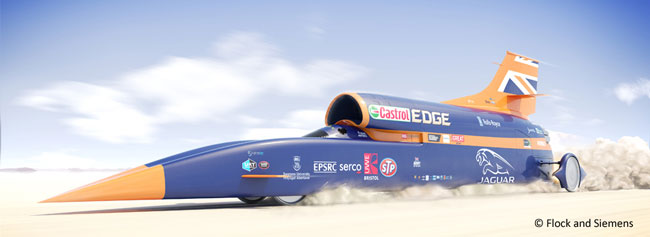Whilst the weather may have put a premature end to the day on Monday, the Farnborough International Air Show is back on track with attendance and business at the trade show thriving.
Statistics earlier in the year were predicting one of the most successful shows yet with increased numbers of international participants in the trade show and conferences, and more dedicated country pavilions. In addition to first time country pavilions for Austria, Brazil, Republic of Ireland and China, Boeing has a special pavilion celebrating their centenary which falls on the Friday of the show.
The show has become the UK’s shop window for all things aviation from the civilian, defence and space sectors











Recent Comments